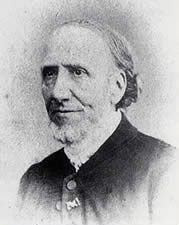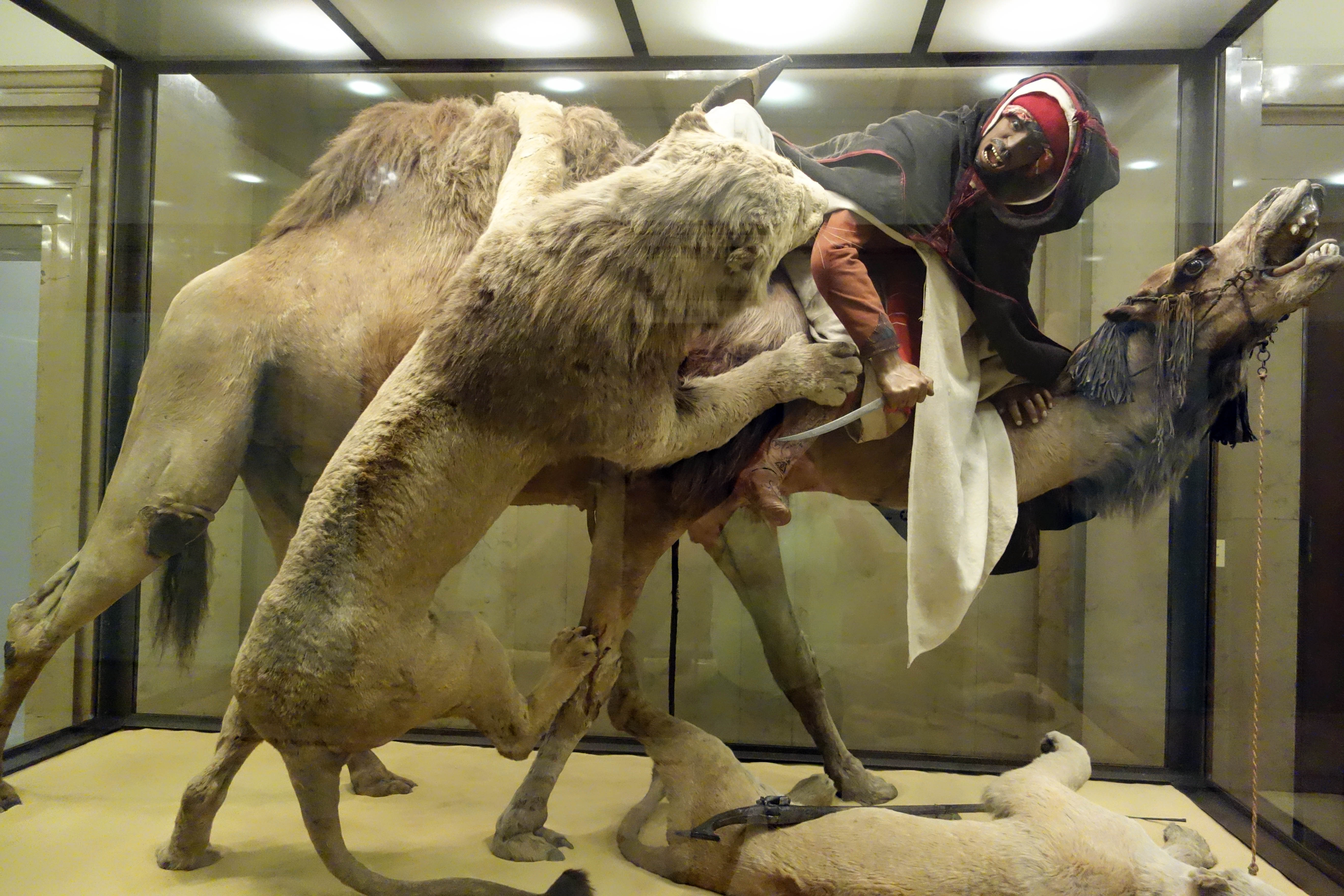|
Calyptocichla
The golden greenbul (''Calyptocichla serinus'') is a member of the bulbul family of passerine birds native to the Guineo-Congolian region, African tropical rainforest. It is the only member of the genus ''Calyptocichla''. Taxonomy and systematics The golden greenbul was originally described in the genus ''Criniger''. It is not closely related to any of the other greenbul species, forming a separate clade from the two main clades which make up the bulbul family Pycnonotidae.Moyle, Robert G. Ben D. Marks (2006) Phylogenetic relationships of the bulbuls (Aves: Pycnonotidae) based on mitochondrial and nuclear DNA sequence data. ''Molecular Phylogenetics and Evolution'' 40 (3): Pages 687-695 (HTML abstract) Alternate names for the golden greenbul include the serene bulbul and serene greenbul. Description The golden greenbul is brightly coloured for a greenbul due to its bright yellow belly and white throat; otherwise it is not particularly distinct in plumage, with unmarked olive ... [...More Info...] [...Related Items...] OR: [Wikipedia] [Google] [Baidu] |
Pycnonotidae
The bulbuls are members of a family (biology), family, Pycnonotidae, of medium-sized perching bird, passerine songbirds, which also includes greenbuls, brownbuls, leafloves, and bristlebills. The family is distributed across most of Africa and into the Middle East, tropical Asia to Indonesia, and north as far as Japan. A few insular species occur on the tropical islands of the Indian Ocean. There are 166 species in 32 genus, genera. While different species are found in a wide range of habitats, the African species are predominantly found in rainforest, whereas Asian bulbuls are predominantly found in more open areas. Taxonomy The family Pycnonotidae was introduced by the English zoologist George Robert Gray in 1840 as a subfamily Pycnonotinae of the thrush family Turdidae. The Persian word ''bulbul'' (بلبل) is sometimes used to refer to the "nightingale" as well as the bulbul, but the English word ''bulbul'' refers to the birds discussed in this article. A few species that ... [...More Info...] [...Related Items...] OR: [Wikipedia] [Google] [Baidu] |
Bulbul
The bulbuls are members of a family, Pycnonotidae, of medium-sized passerine songbirds, which also includes greenbuls, brownbuls, leafloves, and bristlebills. The family is distributed across most of Africa and into the Middle East, tropical Asia to Indonesia, and north as far as Japan. A few insular species occur on the tropical islands of the Indian Ocean. There are 166 species in 32 genera. While different species are found in a wide range of habitats, the African species are predominantly found in rainforest, whereas Asian bulbuls are predominantly found in more open areas. Taxonomy The family Pycnonotidae was introduced by the English zoologist George Robert Gray in 1840 as a subfamily Pycnonotinae of the thrush family Turdidae. The Persian word ''bulbul'' (بلبل) is sometimes used to refer to the " nightingale" as well as the bulbul, but the English word ''bulbul'' refers to the birds discussed in this article. A few species that were previously considered to ... [...More Info...] [...Related Items...] OR: [Wikipedia] [Google] [Baidu] |
Criniger
''Criniger'' is a genus of songbirds in the bulbul family, Pycnonotidae. The species of ''Criniger'' are found in western and central Africa. Taxonomy The genus ''Criniger'' was introduced in 1820 by the Dutch zoologist Coenraad Jacob Temminck, the name ''Criniger'' is Latin for "long-haired" (from ''crinis'', meaning "hair" and ''gerere'', meaning "to carry"). A year later Temminck designated the type species In International_Code_of_Zoological_Nomenclature, zoological nomenclature, a type species (''species typica'') is the species name with which the name of a genus or subgenus is considered to be permanently taxonomically associated, i.e., the spe ... as the western bearded greenbul. Species The genus contains five species: Former species Formerly, some authorities also considered the following species (or subspecies) as species within the genus ''Criniger'': * Striated bulbul (as ''Tricophorus striatus'' or ''Criniger striatus'') * Streak-eared bulbul (as ''Crinig ... [...More Info...] [...Related Items...] OR: [Wikipedia] [Google] [Baidu] |
Harry Church Oberholser
Harry Church Oberholser (June 25, 1870 – December 25, 1963) was an American ornithologist. Biography Harry Oberholser was born to Jacob and Lavera S. Oberholser on June 25, 1870, in Brooklyn, New York. He attended Columbia University, but did not graduate. Later, Oberholser was awarded degrees ( B.A., M.S., and PhD.) from the George Washington University. He married Mary Forrest Smith on June 30, 1914. From 1895 to 1941, he was employed by the United States Bureau of Biological Survey (later the United States Fish and Wildlife Service) as an ornithologist, biologist, and editor. During his career, he collected bird specimens while on trips with Vernon Bailey and Louis Agassiz Fuertes. In 1928, Oberholser helped organize thWinter Waterfowl Survey which continues to this day. In 1941, at the age of 70, he became curator of ornithology Ornithology, from Ancient Greek ὄρνις (''órnis''), meaning "bird", and -logy from λόγος (''lógos''), meaning "study" ... [...More Info...] [...Related Items...] OR: [Wikipedia] [Google] [Baidu] |
Jules Verreaux
Jules Pierre Verreaux (24 August 1807 – 7 September 1873) was a French botanist and ornithologist and a professional collector of and trader in natural history specimens. He was the brother of Édouard Verreaux and nephew of Pierre Antoine Delalande. Career Verreaux worked for the family business, Maison Verreaux, established in 1803 by his father, Jacques Philippe Verreaux, at Place des Vosges in Paris, which was the earliest known company that dealt in objects of natural history. The company funded collection expeditions to various parts of the world. Maison Verreaux sold many specimens to the Muséum National d'Histoire Naturelle to add to its collections. In 1830, while travelling in modern-day Botswana, Verreaux witnessed the burial of a Tswana people, Tswana warrior. Verreaux returned to the burial site under cover of night to dig up the African's body where he retrieved the skin, the skull and a few bones. Verreaux intended to ship the body back to France and so prepar ... [...More Info...] [...Related Items...] OR: [Wikipedia] [Google] [Baidu] |
Édouard Verreaux
Jean Baptiste Édouard Verreaux (16 September 1810 – 14 March 1868) was a French naturalist, taxidermist, collector, and dealer. Botanist and ornithologist Jules Verreaux was his older brother. Career In 1830, Verreaux travelled to South Africa to help his brother pack up a large consignment of specimens. He returned in 1832 before continuing to Sumatra, Java, the Philippines and Indo-China. In 1834, he took control of the family's natural history business in Paris. ''Lion Attacking a Dromedary'' Verreaux designed and constructed the orientalist taxidermy diorama '' Lion Attacking a Dromedary'' for the Paris Exposition of 1867, where it won a gold medal. After the exposition, it was sold to the American Museum of Natural History, who exhibited it at the 1876 Centennial Exposition. The diorama was sold to the Carnegie Museum of Natural History in 1898, where it was displayed until its removal in 2020. The museum cited the work's lack of cultural accuracy and concerns ra ... [...More Info...] [...Related Items...] OR: [Wikipedia] [Google] [Baidu] |
Passerine
A passerine () is any bird of the order Passeriformes (; from Latin 'sparrow' and '-shaped') which includes more than half of all bird species. Sometimes known as perching birds, passerines generally have an anisodactyl arrangement of their toes (three pointing forward and one back), which facilitates perching. With more than 140 families and some 6,500 identified species, Passeriformes is the largest order of birds and one of the most diverse clades of terrestrial vertebrates, representing 60% of birds.Ericson, P.G.P. et al. (2003Evolution, biogeography, and patterns of diversification in passerine birds ''J. Avian Biol'', 34:3–15.Selvatti, A.P. et al. (2015"A Paleogene origin for crown passerines and the diversification of the Oscines in the New World" ''Molecular Phylogenetics and Evolution'', 88:1–15. Passerines are divided into three suborders: New Zealand wrens; Suboscines, primarily found in North and South America; and songbirds. Passerines originated in the ... [...More Info...] [...Related Items...] OR: [Wikipedia] [Google] [Baidu] |
Bird
Birds are a group of warm-blooded vertebrates constituting the class (biology), class Aves (), characterised by feathers, toothless beaked jaws, the Oviparity, laying of Eggshell, hard-shelled eggs, a high Metabolism, metabolic rate, a four-chambered heart, and a strong yet lightweight Bird skeleton, skeleton. Birds live worldwide and range in size from the bee hummingbird to the common ostrich. There are over 11,000 living species and they are split into 44 Order (biology), orders. More than half are passerine or "perching" birds. Birds have Bird wing, wings whose development varies according to species; the only known groups without wings are the extinct moa and elephant birds. Wings, which are modified forelimbs, gave birds the ability to fly, although further evolution has led to the Flightless bird, loss of flight in some birds, including ratites, penguins, and diverse endemism, endemic island species. The digestive and respiratory systems of birds are also uniquely a ... [...More Info...] [...Related Items...] OR: [Wikipedia] [Google] [Baidu] |
Guineo-Congolian Region
The Guineo-Congolian region is a biogeographical region in Africa straddling the Equator and stretching from the Atlantic Ocean through the Congo Basin to the Congo / Nile divide in Rwanda and Burundi. Formerly, this region was largely covered in rain forest, on both well-drained sites and in swamp forests, but little undisturbed primary forest now remains, having been replaced in many areas by savanna and secondary-growth forest. Description The Guineo-Congolian region is a tropical, lowland rain forest area, typified by the forests of the Congo Basin. The terrain is generally under and the annual rainfall is typically in the range . The forest is tall with a dense canopy, or more above the ground, with emergent trees up to tall, and with several layers. The constituent trees are mostly evergreen or semi-evergreen, with a scattering of deciduous species. In the wetter areas, the trees may be clad with numerous epiphytes, but these are less common in drier areas. Large trees ... [...More Info...] [...Related Items...] OR: [Wikipedia] [Google] [Baidu] |
Genus
Genus (; : genera ) is a taxonomic rank above species and below family (taxonomy), family as used in the biological classification of extant taxon, living and fossil organisms as well as Virus classification#ICTV classification, viruses. In binomial nomenclature, the genus name forms the first part of the binomial species name for each species within the genus. :E.g. ''Panthera leo'' (lion) and ''Panthera onca'' (jaguar) are two species within the genus ''Panthera''. ''Panthera'' is a genus within the family Felidae. The composition of a genus is determined by taxonomy (biology), taxonomists. The standards for genus classification are not strictly codified, so different authorities often produce different classifications for genera. There are some general practices used, however, including the idea that a newly defined genus should fulfill these three criteria to be descriptively useful: # monophyly – all descendants of an ancestral taxon are grouped together (i.e. Phylogeneti ... [...More Info...] [...Related Items...] OR: [Wikipedia] [Google] [Baidu] |
Clade
In biology, a clade (), also known as a Monophyly, monophyletic group or natural group, is a group of organisms that is composed of a common ancestor and all of its descendants. Clades are the fundamental unit of cladistics, a modern approach to taxonomy adopted by most biological fields. The common ancestor may be an individual, a population, or a species (extinct or Extant taxon, extant). Clades are nested, one in another, as each branch in turn splits into smaller branches. These splits reflect evolutionary history as populations diverged and evolved independently. Clades are termed ''monophyletic'' (Greek: "one clan") groups. Over the last few decades, the cladistic approach has revolutionized biological classification and revealed surprising evolutionary relationships among organisms. Increasingly, taxonomists try to avoid naming Taxon, taxa that are not clades; that is, taxa that are not Monophyly, monophyletic. Some of the relationships between organisms that the molecul ... [...More Info...] [...Related Items...] OR: [Wikipedia] [Google] [Baidu] |
Molecular Phylogenetics And Evolution
''Molecular Phylogenetics and Evolution'' is a peer-reviewed scientific journal of evolutionary biology and phylogenetics. The journal is edited by E.A. Zimmer. Indexing The journal is indexed in: * EMBiology *Journal Citation Reports *Scopus Scopus is a scientific abstract and citation database, launched by the academic publisher Elsevier as a competitor to older Web of Science in 2004. The ensuing competition between the two databases has been characterized as "intense" and is c ... * Web of Science External links * Elsevier academic journals Evolutionary biology journals Phylogenetics Academic journals established in 1992 Monthly journals {{biology-journal-stub ... [...More Info...] [...Related Items...] OR: [Wikipedia] [Google] [Baidu] |







